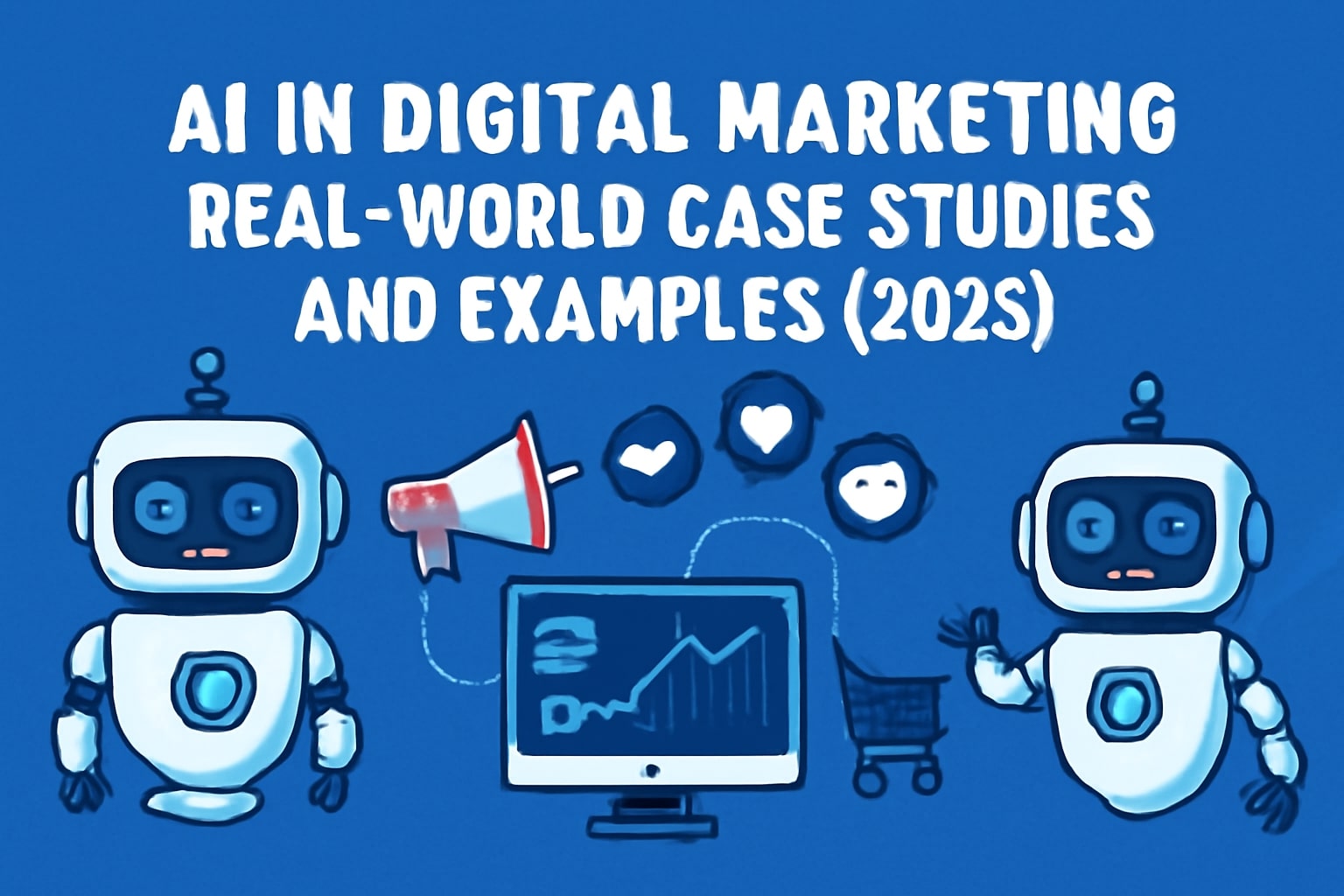Understanding the potential of AI in digital marketing is one thing; seeing its real-world impact is another. Across industries, businesses are using AI to achieve remarkable results—from skyrocketing ROI to forging deeper customer connections. Here are compelling AI in digital marketing case studies and examples for 2025.
Case Study 1: Netflix – AI in Digital Marketing Personalization
The Challenge: Keep subscribers engaged in a saturated streaming market to reduce churn.
The AI Solution: A sophisticated recommendation engine that analyzes billions of data points—what users watch, when they watch, how long they pause, what they search for, and even the artwork they click on.
The Result: Over 80% of watched content is discovered through Netflix’s recommendations. This hyper-personalization is a primary reason for their incredibly low churn rate and high customer lifetime value. It’s a masterclass in using AI in digital marketing to drive engagement.
Case Study 2: Spotify – AI in Marketing Cultural Moments
The Challenge: Differentiate in the competitive music streaming space and create a unique value proposition.
The AI Solution: Algorithms like the “Taste Graph” that analyze listening habits to power hyper-personalized playlists like “Discover Weekly” and “Release Radar.” They also use AI to create viral, data-driven marketing campaigns like “Wrapped.”
The Result: “Discover Weekly” has become a cultural phenomenon, with millions of users eagerly awaiting their playlist each week. This deep personalization fosters immense brand loyalty and turns users into advocates, as seen with the annual sharing of “Wrapped” results on social media.
Case Study 3: The North Face – AI in E-Commerce Digital Marketing
The Challenge: Help online customers find the perfect product for their specific needs from a technical assortment.
The AI Solution: Implemented an AI-powered tool from IBM Watson. Customers answer natural language questions like “Where and when will you be hiking?” The AI then recommends the most suitable jackets, gear, and equipment.
The Result: The tool dramatically improved the online shopping experience, leading to a significant increase in conversion rates and reducing the number of product returns due to poor fit or performance.
Case Study 4: Startups Using AI in Digital Marketing Ads
The Challenge: A D2C skincare brand with a limited budget needed to maximize its return on ad spend (ROAS).
The AI Solution: They leveraged AI-powered advertising platforms, specifically Google’s Performance Max campaigns. They provided creative assets and a budget, and Google’s AI automatically optimized ad placement, audience targeting, and bidding across its entire network (Search, YouTube, Gmail, Display).
The Result: The brand saw a 40% reduction in cost-per-acquisition (CPA) and a 25% increase in ROAS compared to their manually managed campaigns. The AI found valuable audiences they hadn’t previously considered.
Example: Phrasee – AI-Optimized Email Subject Lines
The Tool: Phrasee uses AI and natural language generation to create and test email subject lines, push notifications, and ad copy.
The Result: Brands like Domino’s and Groupon have reported double-digit increases in open rates and millions in additional revenue by using AI to optimize this crucial first touchpoint.
Key Takeaway: Start with a Single AI Use Case
You don’t need to be Netflix to benefit. The most successful AI in digital marketing case studies start with a specific problem:
- Are email open rates low? → Test an AI subject line optimizer.
- Is ad spend inefficient? → Try an AI-powered campaign type.
- Is product discovery poor? → Implement a basic recommendation engine.
These case studies prove that AI in digital marketing isn’t a future concept—it’s a present-day competitive advantage that drives measurable results. To dive deeper, explore McKinsey’s AI in Marketing Report or our guide on AI marketing trends for 2025.
